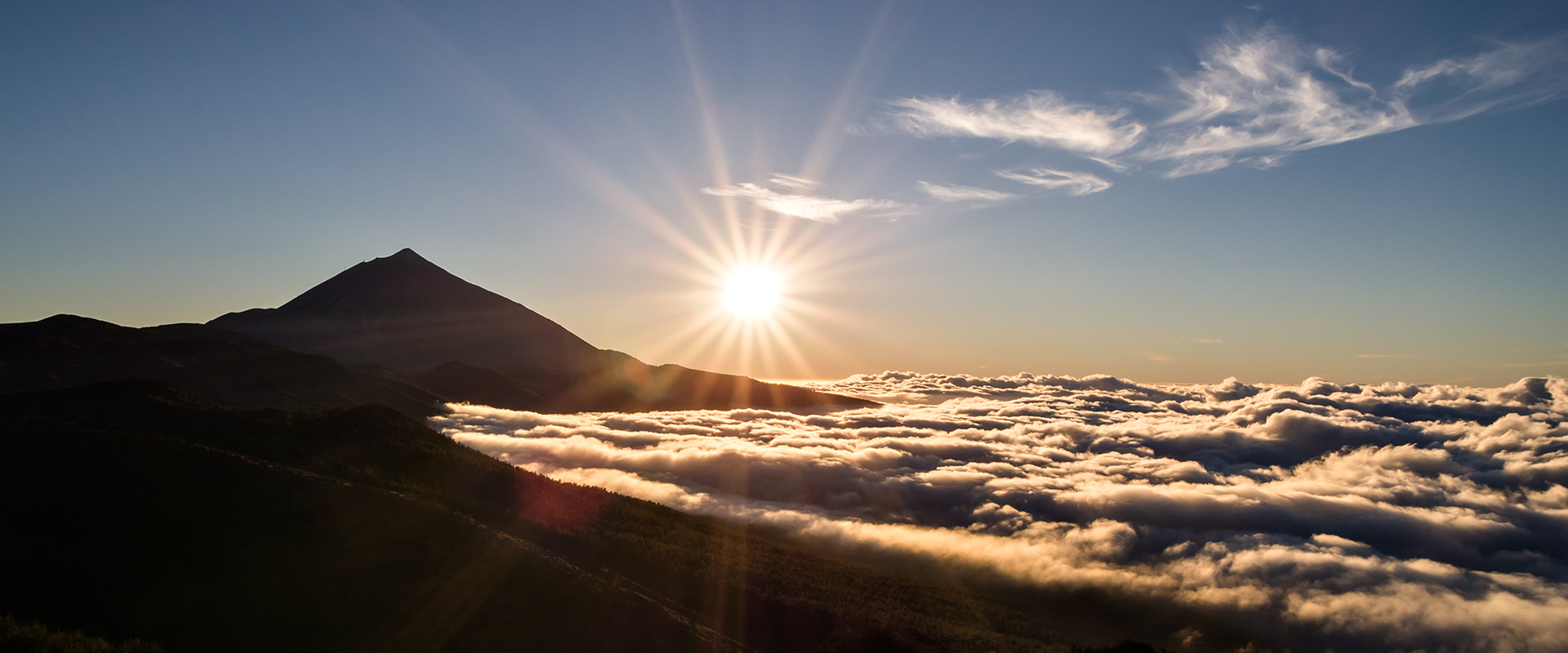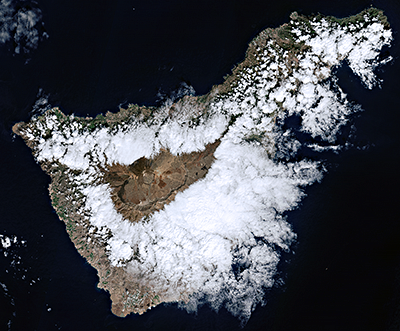 Martin-Setvak_Tenerife_20150929-20151012__x264_1920x1080.mp4 (both versions about 620 MB, 05m 48s)
Martin-Setvak_Tenerife_20150929-20151012__x264_1920x1080.mp4 (both versions about 620 MB, 05m 48s)
Martin-Setvak_Tenerife_20150929-20151012__x265_1920x1080.mkv (x.265)
Music: The Sound of Lex - Echoes of the Wind, from the album Deep Emotions, 2019, publisher Jamendo, license CC BY-NC 3.0; shortened from the original version.
The individual timelapse series of the movie above were taken during our 2015 vacation at Tenerife, most of these were captured with the Ricoh GXR camera and its A16 (24-85mm) APS-C zoom unit, and some of them with my older Ricoh GX100 camera. The series were processed with LRTimelapse and Adobe Lightroom software, and the final movie was assembled and encrypted in VirtualDub2. The movie file above stored as .mkv (encrypted as x.265 RGB) is identical to the one stored as .mp4 (here as standard x.264 YUV420p High), but should have somewhat better quality. However, to play the .mkv x.265 file, most likely you will have to do so outside of your browser, either using a system movie player, or one of the external ones (e.g. MPC-HC or VLC).
Additional information

|
The image at left shows typical distribution of clouds over Tenerife. During a day, low clouds cover large parts of the island along its coast, while the highest central parts, Caņadas and Teide, usually remain clear. The Meteosat-9 loop (HRV band, pixel resolution about 1 km) is a nice example of such daily clouds evolution. Similar cloud distribution is shown in the low-Earth orbiting satellites images (from another day): Terra MODIS, pixel size ~500 m, or Sentinel-2A MSI rgb432 images (recorded 15 minutes later) either at their native 10 m resolution or the same image at somewhat reduced 50 m resolution. Similar cloud distribution can result in cases, when the low clouds are trying to push over the rim of Caņadas, beyond which they typically dissipate, evaporating in dryer air. Alteratively, these clouds form a sea of clouds, splashing against the higher altitudes. The movie shows several examples of both scenarios. Another cloud formations typical for Tenerife are various wave clouds, forming around or above Teide, sometimes resembling UFOs. Several cases of these are also shown in the movie; though not as picturesque as they can be. During our stay I also tried to take several timelapses of the night sky, but obviously the older Ricoh GXR and its A16 module sensor are not good low-light performers (at least in present, 2020 view. Tenerife suffers badly from light pollution (or more recent light pollution map here), coming from huge tourist resorts along the coast. From this perspective, much better situation is at La Palma island, as shown in my 2019 timelapses here. --------------------- Sources of satellite data: EUMETSAT and NASA LAADS. Sentinel 2A satellite image: 2015-09-29 11:55 UTC, MSI rgb432, data source: Copernicus Open Access Hub, European Space Agency (ESA), MSI level-1C data processed in ESA SNAP, ENVI and Photoshop software. |